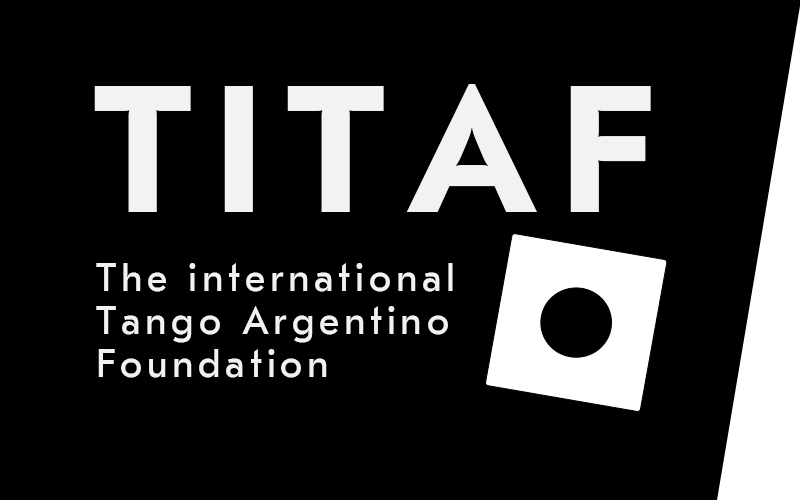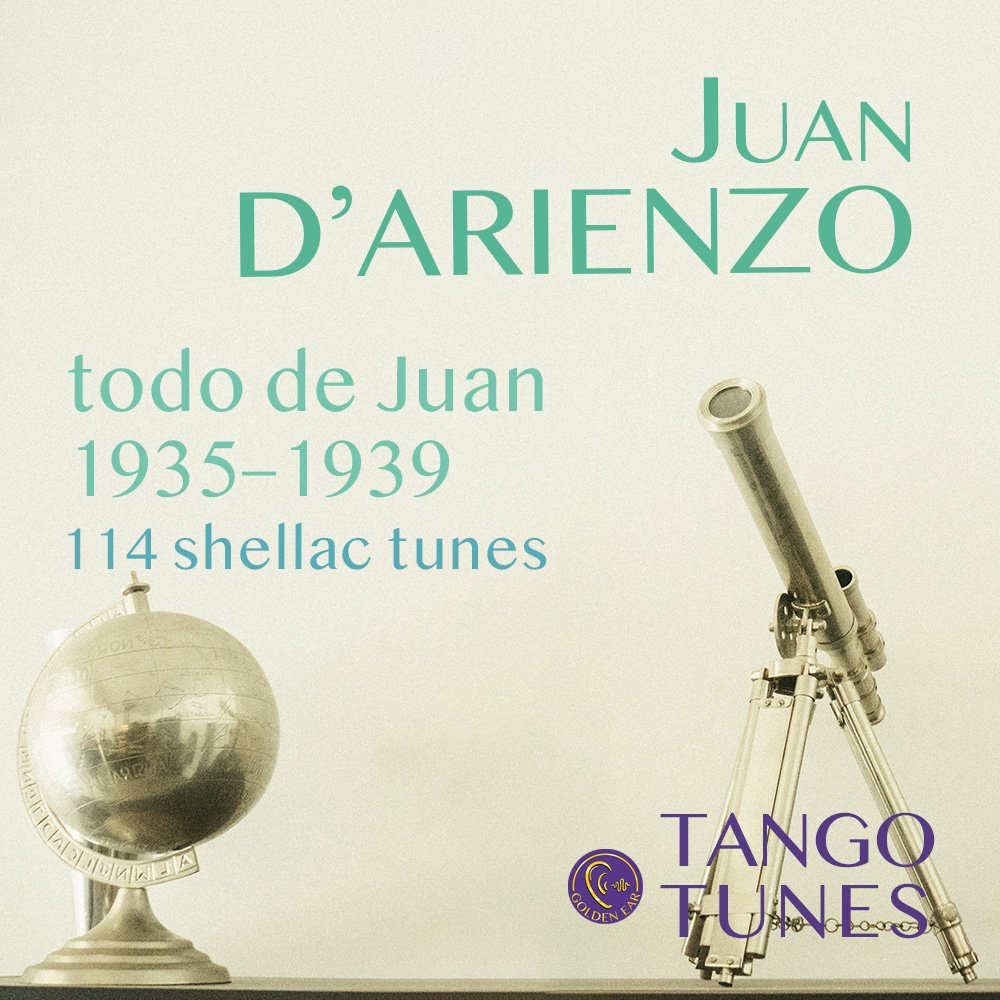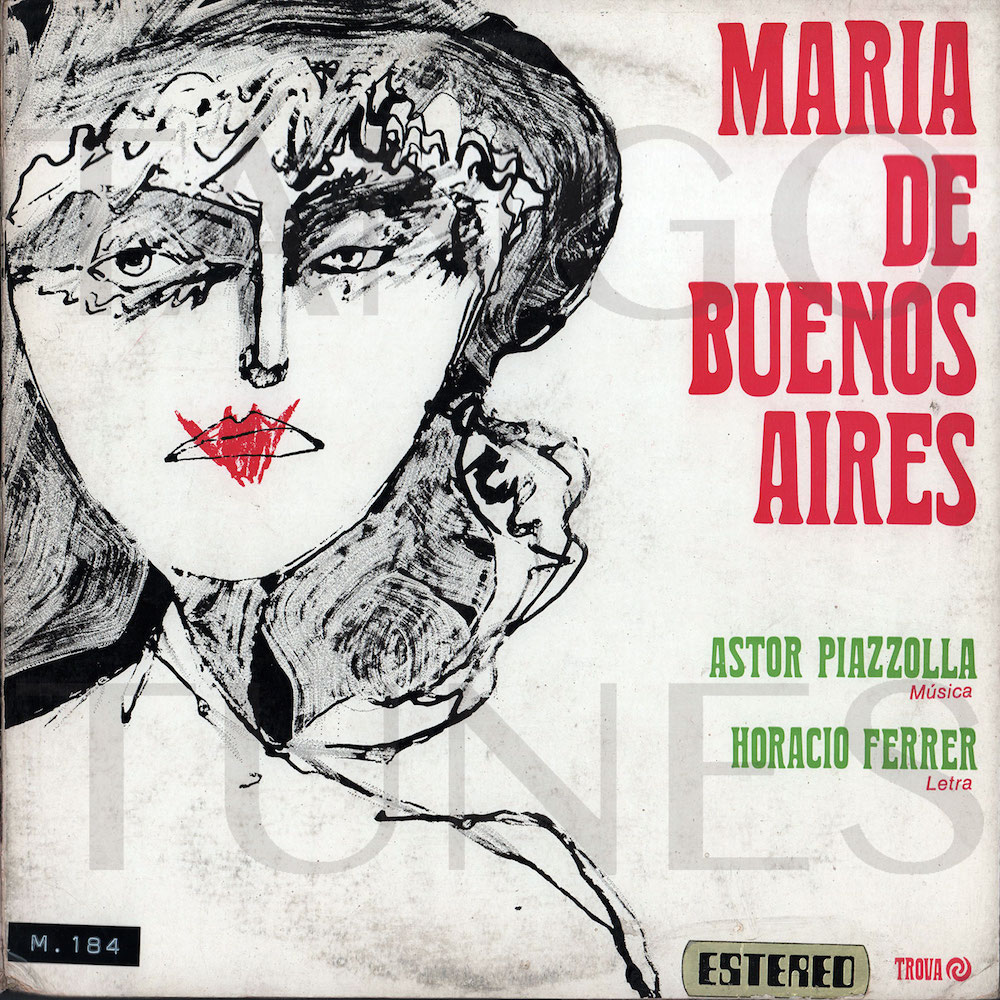A brief history of music in Argentine Tango
From Villoldo to Peralta!
Music that expresses a longing for something, for home, love, meaning, that is supposed to help bear the weight of life, carries a special power within it.
However, unique is a genre of music that captivates people worldwide and is deeply rooted in the culture and daily life of the people where it originated.
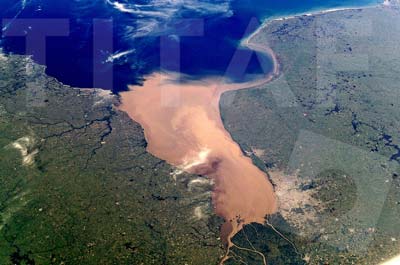


Ángel Villoldo (1861-1919)

European migrants arriving in Argentina
©Christian Xell aka Don Xello, June 2024
Originating in the Río de la Plata region (Argentina, Uruguay), a unique situation emerged. Massive migration flows, mostly of men, encountered a vast country that was sparsely populated over long stretches. However, in the urban area of Buenos Aires, especially in the southern districts, the situation was the exact opposite.
We are at the end of the 19th century, and what we call Tango today began to take its musical form. This development did not happen by chance but emerged from many roots, such as the Candombé cultivated by the black (freed slave) inhabitants, an intense drum rhythm, and the Payadores, wandering troubadours who performed traditional songs, often in duets (Contrapunto). The most famous Payador was Gabino Ezeiza, a black man. It is also noteworthy that the first Tango published with a score was composed by a black man: Rosendo Mendizábal with "El Entrerriano" in 1898. Another significant influence was the Habanera, which became world-famous through the opera Carmen, and whose characteristic rhythm greatly contributed to the development of Tango music.
The longing for the lost freedom of the Gauchos, forever immortalized in the two classics "El Martín Fierro" and "La vuelta de Martín Fierro" by José Hernández, nurtured the self-image of the male Tango protagonists. Another influence is the musical traditions brought by immigrants from Italy and Spain, which found their way into the Tango.
Initially instrumental, this soon changed, and the lyrics in Tango - las letras - developed into an independent art form. Names like Homero Manzi, Enrique Santos Discépolo, Alfredo Le Pera, Cátulo Castillo, Homero Expósito, and Celedonio Flores should be mentioned here among many others.
The instruments of early Tango were mainly the guitar and the flute, sometimes also the violin. The bandoneón, characteristic of Tango, was added later. A crucial contribution came from Roberto Firpo, who brought the piano into Tango and made it a staple instrument in Tango orchestras.
Parallel to this, the dance evolved, as a partner dance, which was not the case with Candombé, which was danced alone. In the first decades of the 20th century, Tango found enthusiastic followers not only in Europe, especially in Paris, but worldwide.
Names from this early period include Carlos Gardel, Angel Villoldo, Vicente Greco, Juan Maglio Pacho, Alfredo Gobbi (father of the famous violinist), and Roberto Firpo. The most famous Tangos from this early phase are "El Choclo", "Mi noche triste" (which made Gardel famous), "El Entrerriano", and of course "La Cumparsita", the most recorded Tango of all time.
During this time, the first shellac recordings were made. "El Choclo" was recorded in 1907 by singer Aida Lafuente under the Victor label, and Francisco Canaro recorded his first Tango "Pinta brava" in 1912.
In the 1920s, the definitive triumph of Tango began. Orchestras toured Europe and North America, Gardel became a worldwide superstar, and thanks to ever-improving recording technology, practically all recordings from that time are available to us. The famous Golden Era of Tango began and would last until the 1950s.
©Christian Xell aka Don Xello, junio 2024
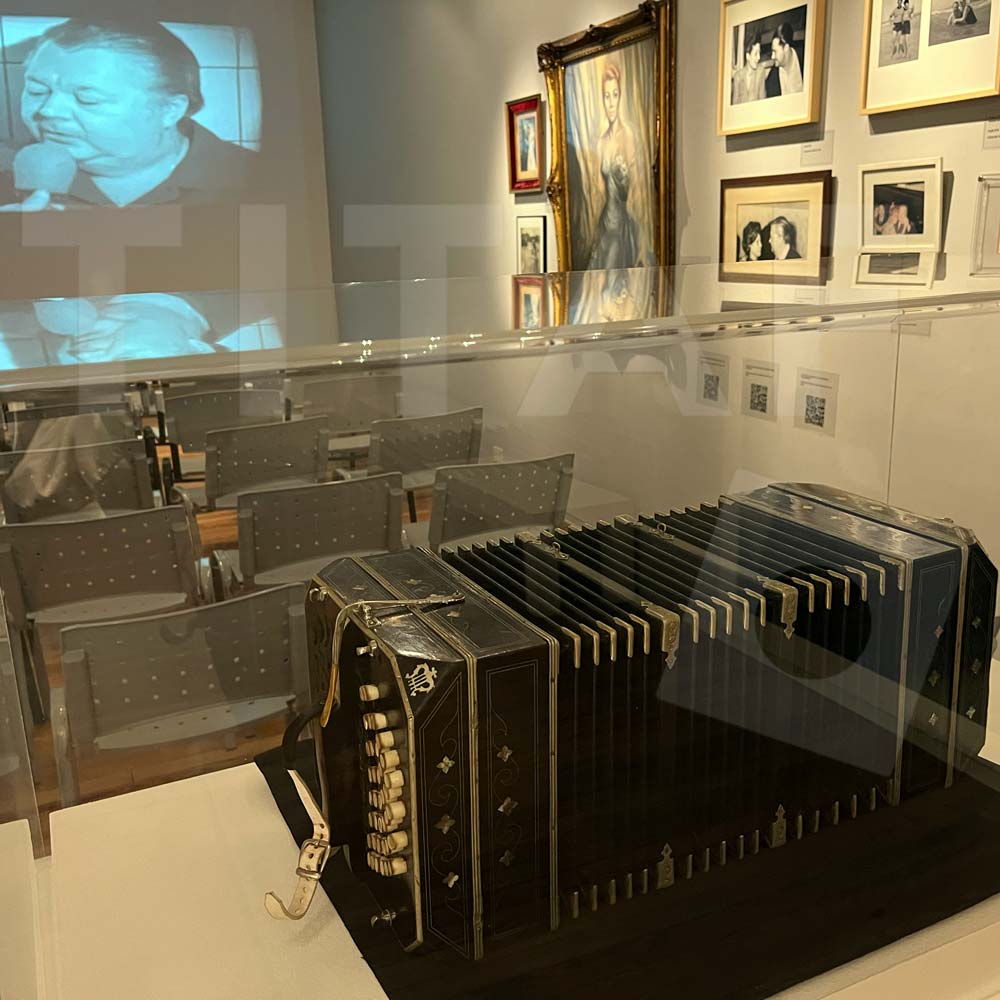

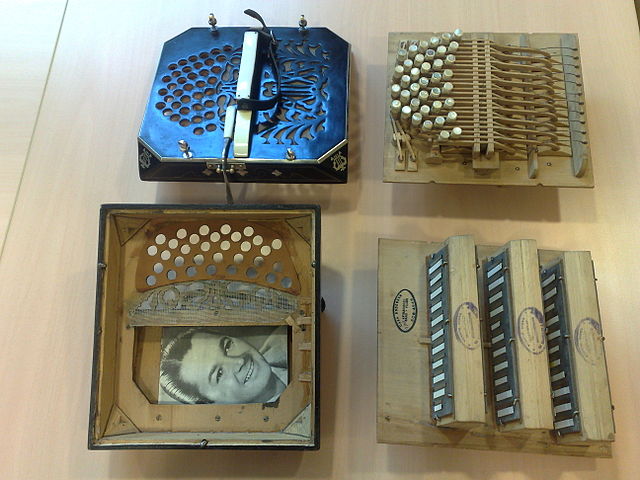

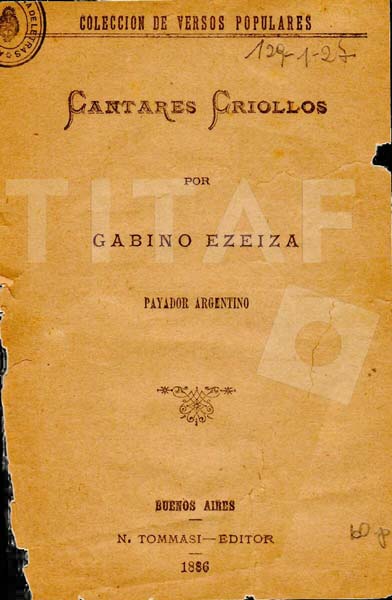

Complex composition techniques emerged, leading to more demanding Tangos. Roberto Firpo and Julio de Caro must not be left unmentioned here.
Alongside these two, Francisco Canaro, Osvaldo Fresedo, Francisco Lomuto, Juan D’Arienzo, Carlos Di Sarli, and many others were already active in this early phase of the Golden Era.
Firpo is credited with permanently establishing the piano as a fixed instrument in a Tango orchestra. Additionally, many famous Tango orchestra leaders were pianists, such as Carlos Di Sarli, Osvaldo Pugliese, Lucio Demare, Horacio Salgán, and many more.
Another star of this time was Ignacio Corsini, who gained fame as a singer and composer, especially in the 1920s.
Pedro Laurenz should also be mentioned; he began with Lomuto and De Caro, then recorded with Pedro Maffia and later founded his own "Orquesta Típica," with the first recordings made in 1937 at Victor (later switching to Odeon).
In the 1930s, many of the orchestras that are played at Milongas worldwide today were established. In addition to those already mentioned, Edgardo Donato, Rodolfo Biagi, Anibal Troilo, and Miguel Caló should be noted.
However, the most important Tango musician of the 1930s was undoubtedly Juan D’Arienzo. His 116 recorded pieces between 1935 and 1939 (Tango, Vals, Milonga, and 2 Polkas) were another milestone for the genre; their liveliness, danceability, and virtuosity were unparalleled until then.
The 1940s – mainly until 1945 – marked the next pinnacle of development while Argentina experienced a period of political instability and change. Juan D’Arienzo remained a superstar, Carlos Di Sarli established himself as a superstar with both his instrumental pieces and his singers Roberto Rufino and Alberto Podestá, and the 1940s brought further Tango icons.
Aníbal Troilo, alongside Pedro Laurenz, the bandoneonist, became the favorite of the Argentinians for many decades with his orchestra, and his charismatic singer Francisco Fiorentino redefined Tango singing. Astor Piazzolla started with Troilo as a bandoneon player and began to revolutionize Tango from 1946 onwards, like only one other person did, who is considered by many to be the most outstanding figure in Argentine Tango.
That person is Osvaldo Pugliese, or as many call him: San Pugliese. Pugliese founded his own orchestra in 1939, but we can only enjoy the first recordings from 1943. The reason was a strike from 1941-1943 that many joined, and Pugliese, being a very political person and an active member of the communist party, participated. Pugliese performed well into old age, and his music holds a special place in Argentine Tango.
There were numerous orchestras throughout the history of Tango; some remain well-known and loved today, some have only a few pieces played, and many are almost entirely forgotten, such as Francisco Lauro, Manuel Buzon, Juan Sanchez Gorio, Juan Cambareri, and many others. Besides Pugliese, Astor Piazzolla must of course be mentioned, who founded the so-called “Tango Nuevo,” which initially met with massive rejection, especially in Argentina. Alongside "Libertango" and "Adios Nonino," the Tango opera "Maria de Buenos Aires" is among Piazzolla's most famous works. The libretto for this opera was written by Horacio Ferrer.
Sound Sample, María De Buenos Aires!
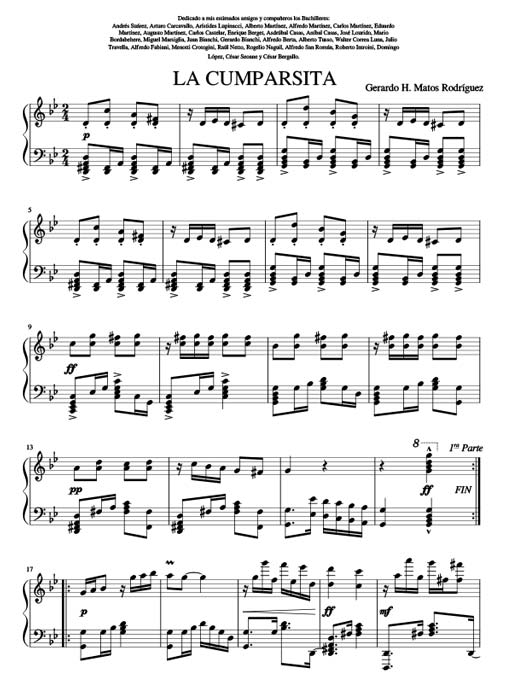

In our time, heading into the 2020s, the author of these lines would like to particularly mention two musicians.
Julian Peralta, who in 2001 was a founding member of Orquesta Típica Fernández Fierro, known for its avant-garde style and live performances. After separating, Peralta founded the Tango ensemble Astillero, which remains active to this day.
The second is Agustín Guerrero (not related to the Tango musician of the same name who wrote El Once), a young composer and pianist like Peralta.
Please pause the video before switching to another tab to avoid playing both videos simultaneously!
